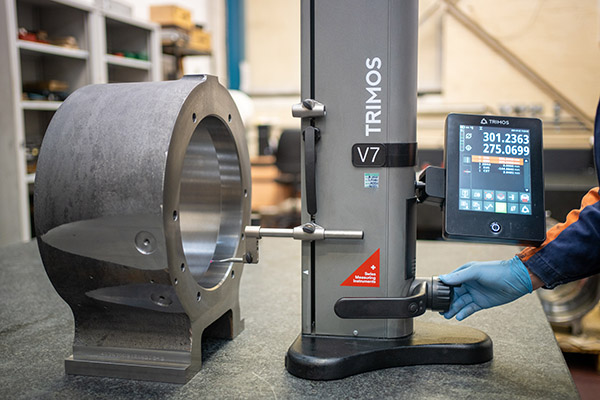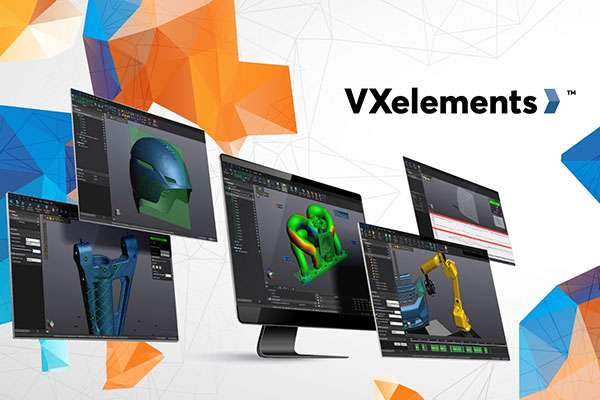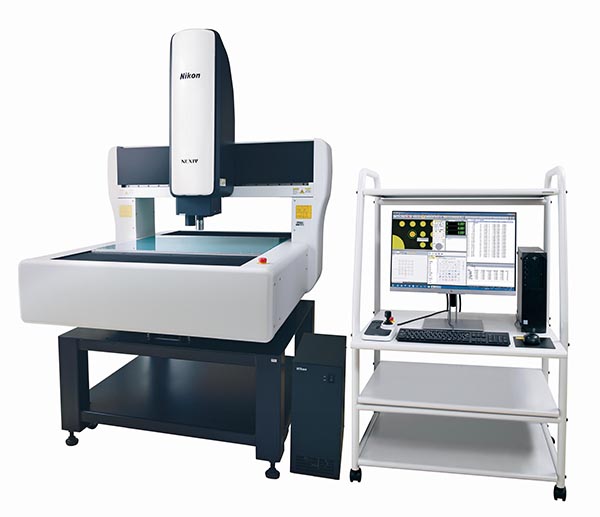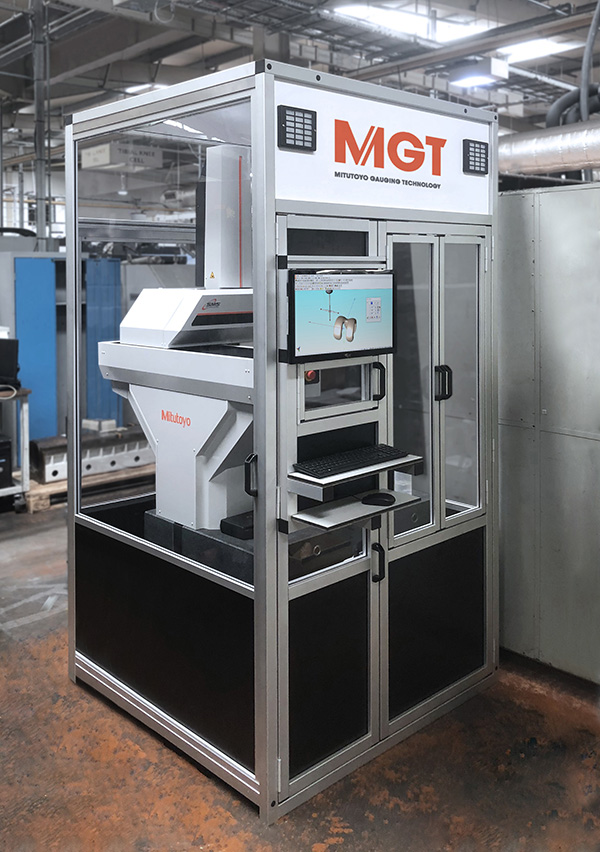
With tolerances on components getting tighter and customer requirements getting stricter, Chelburn Precision was keen to improve its measurement abilities. Based in Rochdale, the company found the solution in a Trimos V7 height gauge supplied by Bowers Group.
Chelburn Precision is a subcontract engineering company making large precision components, mostly for the canning, rubber and plastic, paper converting, and mining industries. Already working with a smaller height gauge, the team found it was holding the company back when measuring larger sized components.
In particular, the team was not able to reach the full height of components with the existing height gauge, resulting in the need to either turn jobs over to measure from a different plane, or make time and room on one of its machine tools to carry out checks. This task not only required extra time, but stopped the production of both the machine tools and their operators while the quality inspectors requested and verified checks to ensure part conformance in line with specifications.
The Trimos V7 is one of the tallest height gauges on the market and highly suitable for workshop environments, says Bowers. Notably, the height gauge features a pair of lateral insert holders, offering robustness and flexibility that allow the use of diverse probes up to 400 mm long.
Michael Horsfall, production director at Chelburn Precision, says: “We have used Bowers Group before for many different measuring devices that we own, so we were in good hands. They even loaned us a smaller unit for us to trial as they were confident that we would be impressed by the quality, accuracy and ease of use of the Trimos height gauge.”
For further information
www.bowersgroup.co.uk






















